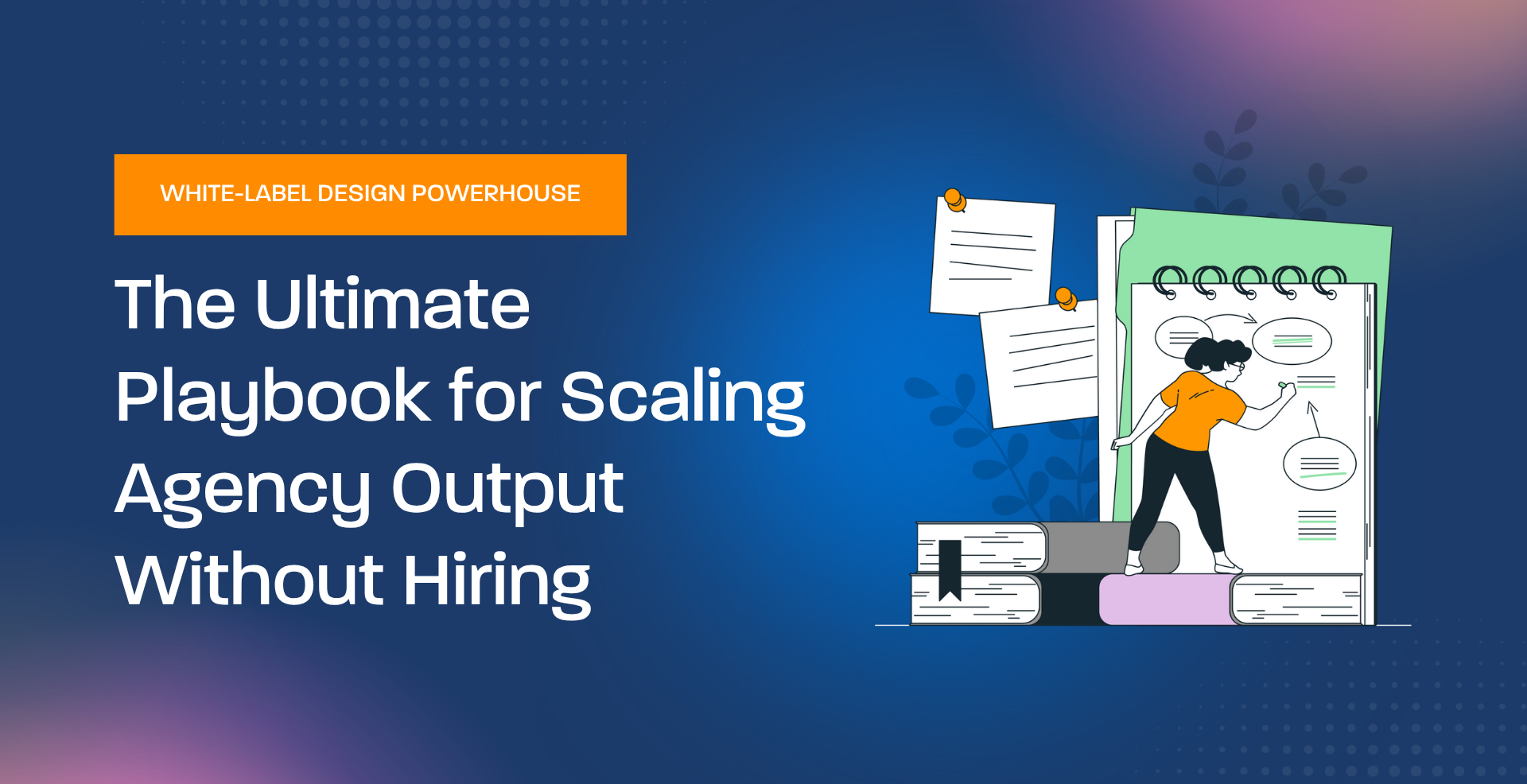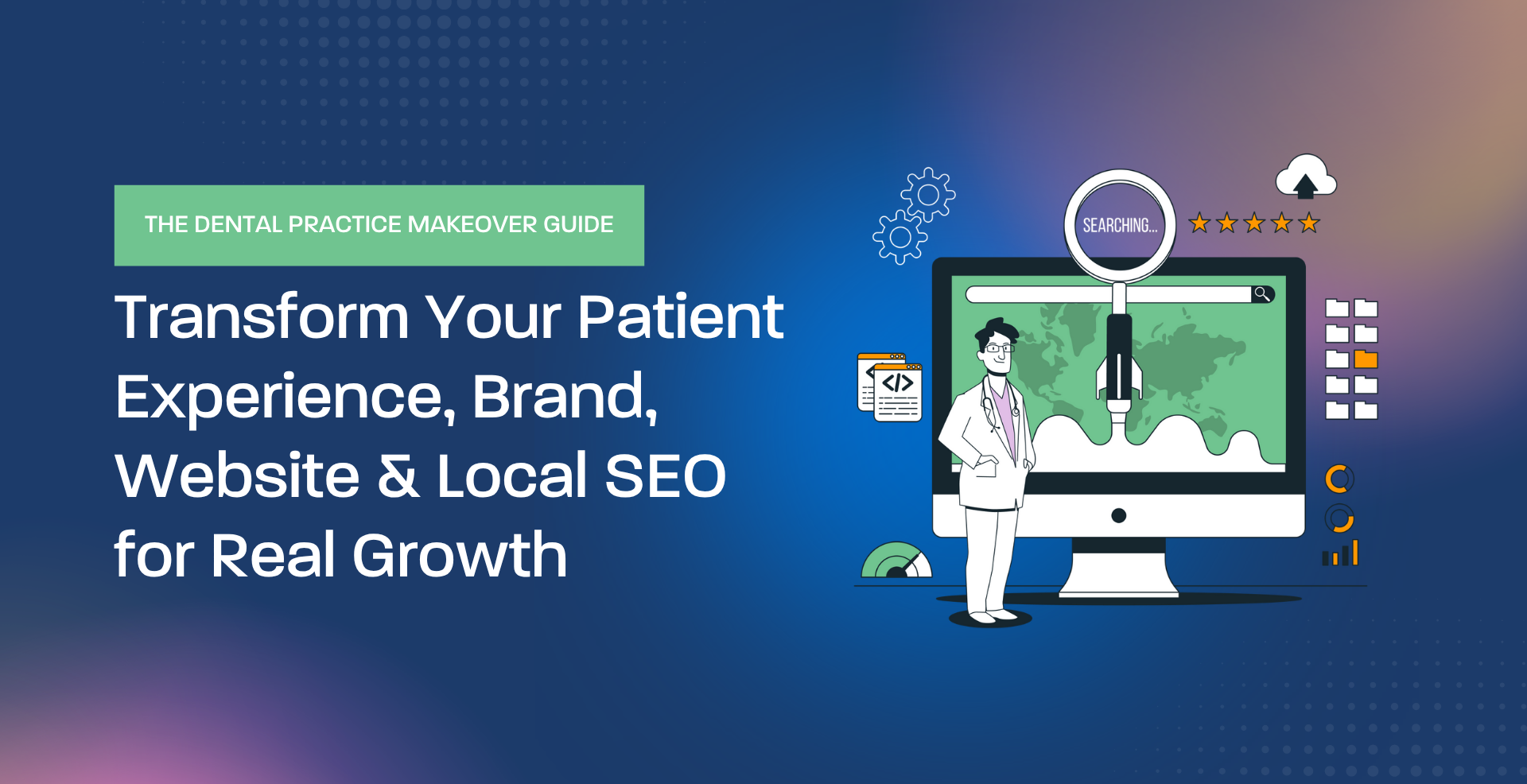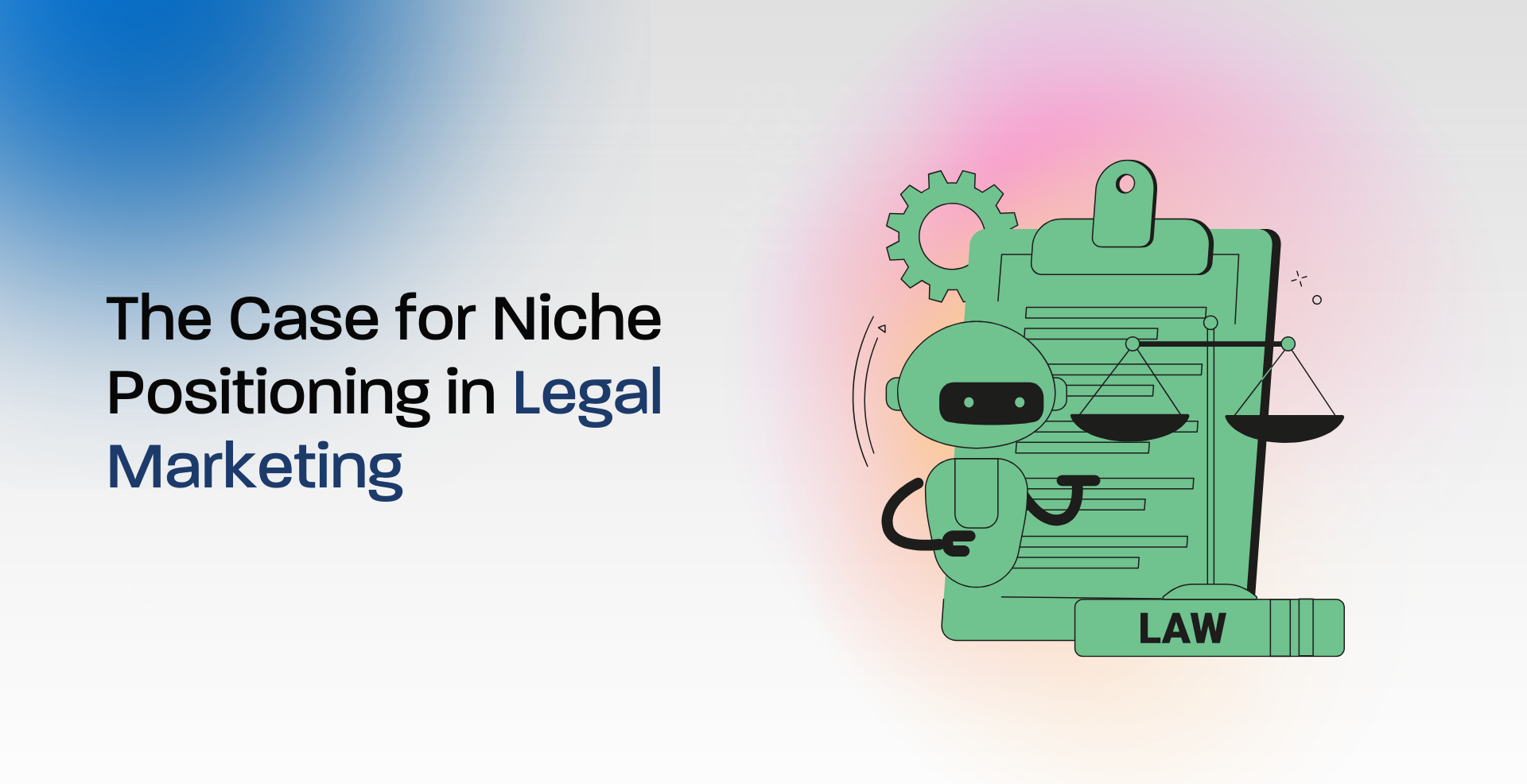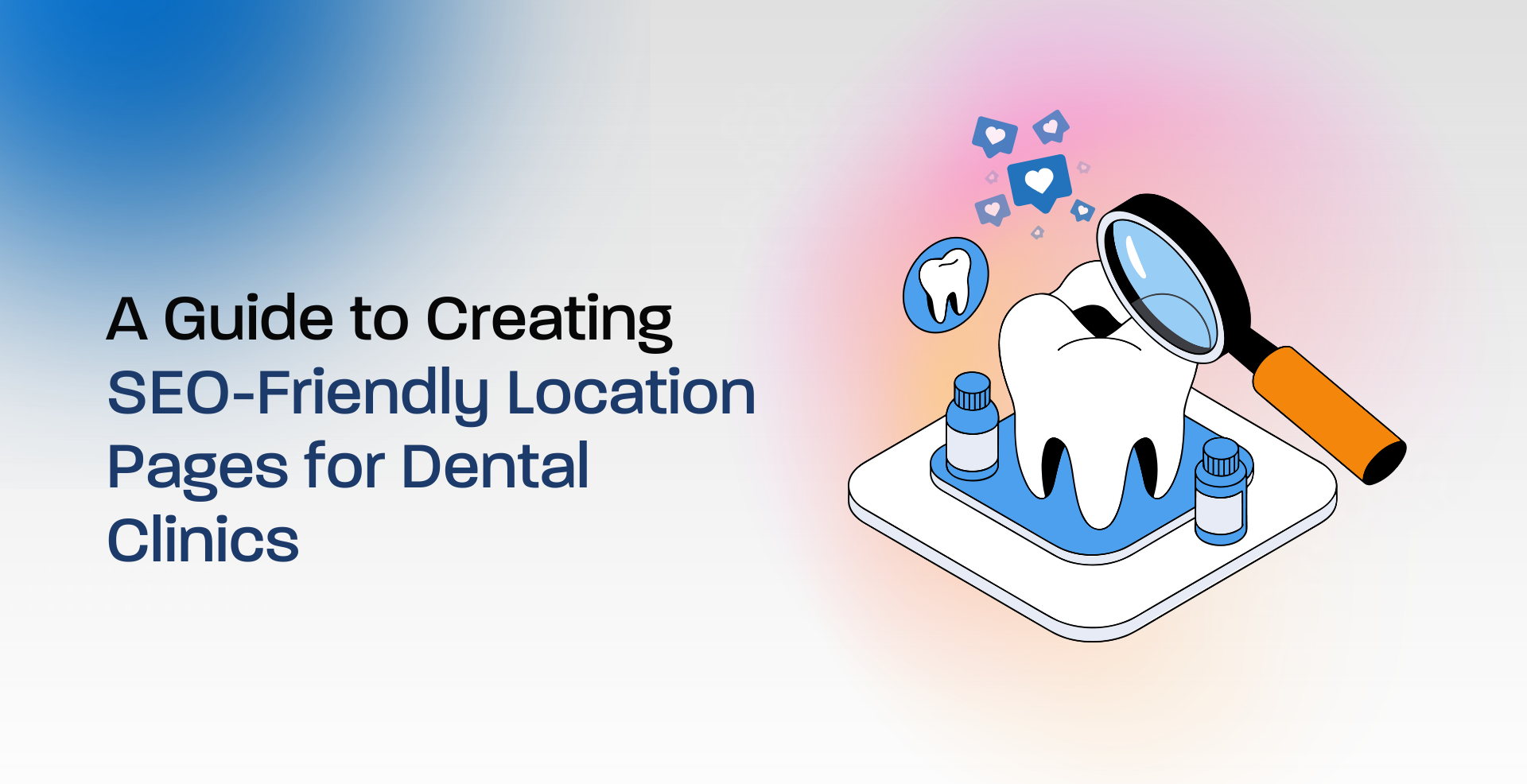Updated August 2026
The Tale of the Troubled Tech Startup
Imagine a fast-growing tech startup called InnovateNow. Riding the wave of the AI boom, they built a promising platform that blended social networking with AI-driven community tools. Investors were intrigued, early adopters were curious — but their in-house design team struggled to translate that vision into a polished, user-friendly experience.
Eager to move fast, InnovateNow partnered with a white-label design agency. Unfortunately, the initial collaboration fell flat. The design looked dated, accessibility standards were overlooked, and the brand identity felt generic — a critical misstep in a year when users and investors alike expect clean, inclusive, and trustworthy digital experiences.
Realizing the risks of staying stuck, InnovateNow took a more strategic approach. They researched partners not just for design talent but for proven expertise in branding, UX, and AI-era scalability. That’s when they partnered with Brand Alchemy — an agency that combined creative vision with rigorous quality assurance.
The results were transformative. Brand Alchemy delivered a sleek, intuitive interface, ensured accessibility compliance, and embedded strong visual storytelling that set InnovateNow apart in a crowded market. With a product that finally reflected their innovation, InnovateNow attracted a surge of users, secured another funding round despite the competitive climate, and positioned itself as a leader in AI-powered communities.
Their story is a 2025 reminder: in today’s market, choosing the right white-label partner isn’t just about design — it’s about finding one that blends creativity, compliance, and quality assurance to help a brand scale with confidence.
1. Establishing Clear Quality Standards
- Define Measurable Metrics: Articulate quality assurance expectations, such as turnaround time, accuracy, and adherence to specific design guidelines.
- Create a Style Guide: Develop a comprehensive style guide that outlines the brand’s voice, tone, and visual elements to ensure consistency across deliverables.
- Regularly Review and Update Standards: Ensure that quality standards align with evolving industry trends and client preferences.
2. Leveraging Automated Tools for Quality Checks
- Utilize Testing Tools: Employ automated testing tools to identify and rectify errors in code, design, and functionality.
- Implement Quality Assurance Plugins: Utilize plugins for platforms like WordPress to automate routine quality checks and ensure compliance with best practices.
- Conduct Regular Accessibility Audits: Employ automated tools to assess the accessibility of digital assets, ensuring they comply with accessibility standards.
3. Setting Up Regular Review Processes
- Establish Review Checkpoints: Implement regular checkpoints throughout the project lifecycle to review progress, identify potential issues, and ensure adherence to quality standards.
- Conduct Peer Reviews: Encourage peer reviews among team members to catch errors and provide constructive feedback.
- Utilize Client Feedback: Actively seek and incorporate client feedback to refine the quality of deliverables.
4. Creating Effective Feedback Loops
- Establish Clear Communication Channels: Ensure open and transparent communication between partners to facilitate timely feedback and address concerns.
- Encourage Constructive Feedback: Foster a culture of constructive feedback, where team members feel comfortable sharing their opinions and suggestions.
- Implement a Feedback Mechanism: Establish a formal feedback mechanism, such as a project management tool or regular meetings, to collect and address feedback.
5. Thorough Testing and Documentation
- Conduct Rigorous Testing: Thoroughly test deliverables across different devices, browsers, and operating systems to ensure compatibility and functionality.
- Maintain Detailed Documentation: Keep meticulous documentation of project processes, decisions, and changes to facilitate knowledge transfer and future reference.
- Utilize Version Control: Employ version control systems to track changes and revert to previous versions if necessary.
6. Addressing Cost Considerations During Quality Assurance
- Negotiate Fair Payment Terms: Ensure that payment terms are fair and aligned with the scope of work and project timeline.
- Consider Value-Based Pricing: Explore value-based pricing models that account for the quality of deliverables and the value they bring to the client.
- Optimize Resource Allocation: Efficiently allocate resources to minimize costs while maintaining quality standards.

7. Building Trust and Long-Term Partnerships
- Prioritize Transparency: Maintain open and honest communication with partners to build trust and foster long-term relationships.
- Deliver on Promises: Consistently deliver high-quality work that exceeds client expectations.
- Address Issues Proactively: Address any issues or concerns promptly to maintain a positive working relationship.
8. Leveraging Advanced Technologies
- Utilize AI-Powered Tools: Explore AI-powered tools for tasks such as design automation, content generation, and predictive analytics.
- Embrace Cloud-Based Solutions: Leverage cloud-based platforms for collaboration, project management, and data storage.
- Stay Updated with Industry Trends: Keep abreast of emerging technologies and industry best practices to optimize quality assurance processes.
9. Addressing Cultural Fit
- Understand Cultural Nuances: Be aware of cultural differences and adapt communication styles and expectations accordingly.
- Build Relationships Based on Mutual Respect: Foster strong relationships with partners based on mutual respect and understanding.
- Consider Cultural Sensitivity Training: Provide cultural sensitivity training to team members to enhance cross-cultural communication.
10. Prioritizing Client Communication
- Establish Regular Communication Channels: Maintain open and regular communication with clients to keep them informed about project progress and address any concerns.
- Provide Timely Updates: Deliver timely updates on project status and address client inquiries promptly.
- Listen Actively: Actively listen to client feedback and incorporate it into the project as needed.
11. Gathering Client References
- Request Client Testimonials: Ask satisfied clients to provide testimonials or references that can be shared with potential partners.
- Showcase Case Studies: Highlight successful projects and case studies to demonstrate the agency’s expertise and quality standards.
Future-Proofing White-Label Partnerships in 2025
In 2025, the bar for white-label collaboration is higher than ever. Agencies are expected to deliver not just speed and design quality, but also measurable business outcomes such as improved conversion rates, accessibility compliance, and brand consistency across multiple digital platforms. With remote and hybrid teams now the norm, streamlined workflows, centralized feedback tools, and clear accountability frameworks have become essential for keeping projects on track. Successful partnerships are those that go beyond execution and act as true extensions of the client’s team, driving growth as well as delivery.
The Rise of AI-Driven QA and Efficiency
Another major shift in 2025 is the integration of AI-powered QA systems. From automated design testing to content plagiarism checks and predictive analytics that flag potential bottlenecks, AI now plays a critical role in quality assurance. Agencies that harness these tools can cut review times dramatically while improving accuracy. However, technology alone isn’t enough — the human touch is still vital. The agencies seeing the most success are blending AI efficiency with human creativity and cultural sensitivity, ensuring that deliverables not only meet technical benchmarks but also resonate with the end client’s audience.
12. Essential Components for Successful White-Label Partnerships
- Clear Contractual Agreements: Establish clear and comprehensive contractual agreements that outline the scope of work, responsibilities, and payment terms.
- Shared Vision and Goals: Align the agency’s vision and goals with those of the client to ensure a harmonious partnership.
- Effective Project Management: Implement robust project management methodologies to ensure timely delivery and quality control.
- Continuous Improvement: Foster a culture of continuous improvement and seek opportunities to enhance processes and deliverables.
By implementing these quality assurance hacks, white-label agencies can significantly improve the quality of their deliverables, build trust with clients, and establish themselves as reliable and reputable partners in the industry.
At Geeks For Growth, we believe in the power of white-label partnerships. Our free guide, “A Guide to Successful White-Label Partnerships,” provides valuable insights into building effective collaborations. This resource outlines why agencies are increasingly turning to white-label partners for design services and what you need to know before entering into a partnership.
To learn more about the benefits and long-term impact of white-label partnerships, the key factors in forming and sustaining partnerships, and how to strike the right balance between design, creativity, and client requirements, you can get GeeksForgrowth’s whitepaper for free!
Do you need a white-label partner who will do all the work for you while delivering quality services under your brand name? Geeks For Growth is your efficient white-label partner that will help your agency shine with premium branding and design services.






